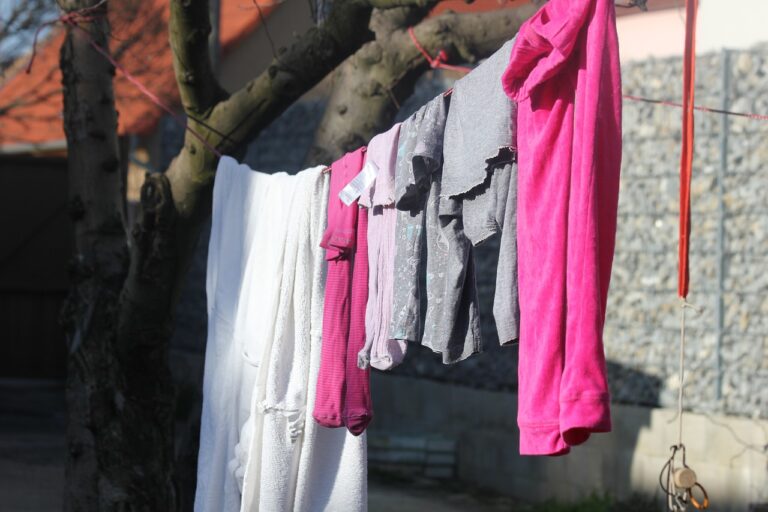The Impact of COVID-19 on Fashion Retail
The outbreak of COVID-19 presented unprecedented challenges for fashion retailers worldwide. With temporary store closures and restrictions on physical shopping, the industry experienced a significant decline in foot traffic and sales. Many retailers had to quickly pivot to online platforms to stay afloat, further intensifying competition in the digital space.
Supply chain disruptions emerged as a major obstacle for fashion retailers during the pandemic. Delays in manufacturing and shipping led to inventory issues and stock shortages, making it difficult for retailers to meet consumer demand. Additionally, changing consumer preferences and priorities during the crisis added another layer of complexity, forcing retailers to adapt their product offerings and marketing strategies to align with shifting trends.
Shift in Consumer Behavior towards Online Shopping
Online shopping has experienced a surge in popularity amidst the COVID-19 pandemic, as consumers increasingly prioritize safety and convenience. With restrictions on in-person shopping and concerns over health and hygiene, more people are turning to digital platforms to fulfill their shopping needs. This shift in behavior has led to a significant increase in online sales for fashion retailers, forcing many to adapt their business strategies to cater to the growing demand.
As consumers spend more time at home and adapt to a new normal, the convenience of online shopping has become a preferred option for many. The ability to browse and make purchases from the comfort of one’s own home, combined with the ease of online payment and delivery services, has transformed the way people shop for clothing and accessories. This change in consumer behavior is not only reshaping the retail landscape but also highlighting the importance of a strong online presence for fashion brands looking to remain competitive in an increasingly digital world.
Impact of Social Distancing Measures on In-Store Shopping Experience
The implementation of social distancing measures has significantly altered the in-store shopping experience for both retailers and consumers. With capacity limits in place, stores have had to manage the flow of customers meticulously to ensure safety protocols are being followed. This often leads to longer wait times outside and limited browsing time inside stores, impacting the overall convenience and spontaneity of the shopping experience.
Moreover, the need to maintain a safe distance from others has forced retailers to reconsider the layout of their stores. Many have had to reorganize fixtures and displays to create more space for customers to move freely while adhering to social distancing guidelines. This restructuring not only affects the aesthetic appeal of the store but also the efficiency of navigating through the space, potentially deterring customers who prefer a seamless and engaging shopping environment.
How have fashion retailers been affected by the COVID-19 pandemic?
Fashion retailers have faced numerous challenges during the COVID-19 pandemic, including decreased foot traffic in stores and disrupted supply chains.
How has consumer behavior shifted during this time?
Consumer behavior has shifted towards online shopping, with more people opting to make purchases from the comfort of their own homes.
What impact have social distancing measures had on the in-store shopping experience?
Social distancing measures have significantly impacted the in-store shopping experience, with limited capacity, longer wait times, and restrictions on trying on clothes.
How have fashion retailers adapted to these challenges?
Fashion retailers have implemented safety measures such as sanitization stations, contactless payment options, and virtual shopping appointments to ensure a safe shopping environment for customers.
Will the shift towards online shopping continue in the future?
It is likely that the shift towards online shopping will continue even after the pandemic, as consumers have become more comfortable with the convenience and accessibility of e-commerce platforms.







